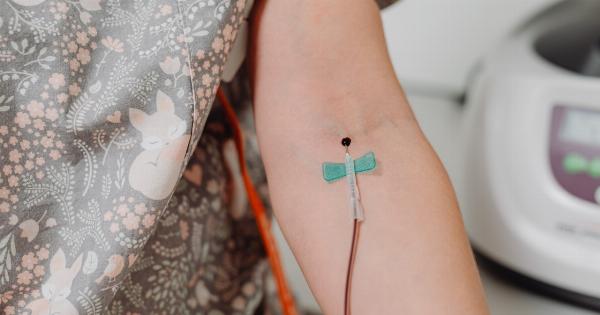Lymphedema is a condition in which fluid accumulates in the tissues just beneath the skin. It is often caused by damage to lymphatic vessels, which are responsible for carrying lymphatic fluid throughout the body.
This can lead to swelling and discomfort, as well as an increased risk of infection. Fortunately, with the right management, lymphedema can be controlled. Physiotherapy is an effective way of managing lymphedema and can help reduce swelling, improve mobility, and increase strength.
What is Lymphedema?
Lymphedema is a condition that occurs when the lymphatic system becomes damaged or blocked. The lymphatic system is responsible for transporting lymphatic fluid throughout the body, which helps to remove waste and toxins from the tissues.
When this system is damaged, the fluid is unable to circulate properly, and it can accumulate in the tissues. This leads to swelling, discomfort, and an increased risk of infection.
Lymphedema can occur in any part of the body, but it most commonly affects the arms and legs. It can be caused by a number of factors, including cancer treatment, surgery, injury, infection, and radiation therapy.
Symptoms of Lymphedema
The symptoms of lymphedema can vary depending on the severity of the condition. In some cases, there may be no symptoms at all, but in other cases, the following symptoms may occur:.
- Swelling in the affected limb or body part
- Heaviness or tightness in the affected limb or body part
- Pain or discomfort in the affected area
- Restricted range of motion in the affected limb or body part
- Skin changes, such as thickening or hardening
- Infections in the affected limb or body part
If you are experiencing any of these symptoms, it is important to seek medical attention as soon as possible.
How Physiotherapy Can Help Manage Lymphedema
Physiotherapy is an effective way of managing lymphedema, as it can help reduce swelling, improve mobility, and increase strength. There are several types of physiotherapy that may be used to manage lymphedema, including:.
- Manual Lymphatic Drainage (MLD)
- Compression Therapy
- Exercise and Movement Therapy
- Education and Self-Management Strategies
Manual Lymphatic Drainage (MLD)
MLD is a gentle massage technique that is used to stimulate the lymphatic system and encourage lymphatic fluid to move out of the affected area.
This technique involves using light, rhythmic strokes on the skin, which help to move the fluid towards the lymph nodes. MLD can be effective in reducing swelling, improving circulation, and relieving pain and discomfort.
Compression Therapy
Compression therapy involves using compression garments, such as stockings or sleeves, to compress the affected area and encourage lymphatic fluid to move out of the area.
This technique can be effective in reducing swelling and preventing the accumulation of fluid in the tissues. Compression garments may need to be worn continuously or intermittently, depending on the severity of the lymphedema.
Exercise and Movement Therapy
Exercise and movement therapy can help improve circulation, increase strength, and reduce swelling. This may involve gentle stretching, aerobic exercise, strength training, and other activities designed to improve range of motion and mobility.
It is important to work with a physiotherapist who is experienced in managing lymphedema, as overexertion can exacerbate the condition.
Education and Self-Management Strategies
It is important for individuals with lymphedema to learn how to manage their condition on a daily basis.
This may involve learning how to perform self-massage, how to wrap the affected area, and how to perform other techniques that can help reduce swelling and prevent complications. Education and self-management strategies can help individuals with lymphedema take control of their condition and improve their quality of life.
Tips for Managing Lymphedema at Home
There are several things that individuals with lymphedema can do at home to help manage their condition:.
- Practice good skin care to prevent infections.
- Avoid tight clothing and jewelry that might restrict circulation.
- Keep the affected limb elevated whenever possible to reduce swelling.
- Avoid exposure to extreme temperatures, as this can exacerbate swelling.
- Stay hydrated to help prevent fluid retention.
It is important to work with a physiotherapist who is experienced in managing lymphedema to develop a personalized plan of care that is tailored to your individual needs.
Conclusion
Lymphedema can be a challenging condition to manage, but with the right care and management strategies, individuals with lymphedema can lead full and active lives.
Physiotherapy is an effective way of managing lymphedema, and it can help reduce swelling, improve mobility, and increase strength. If you are experiencing any symptoms of lymphedema, it is important to seek medical attention as soon as possible.



























